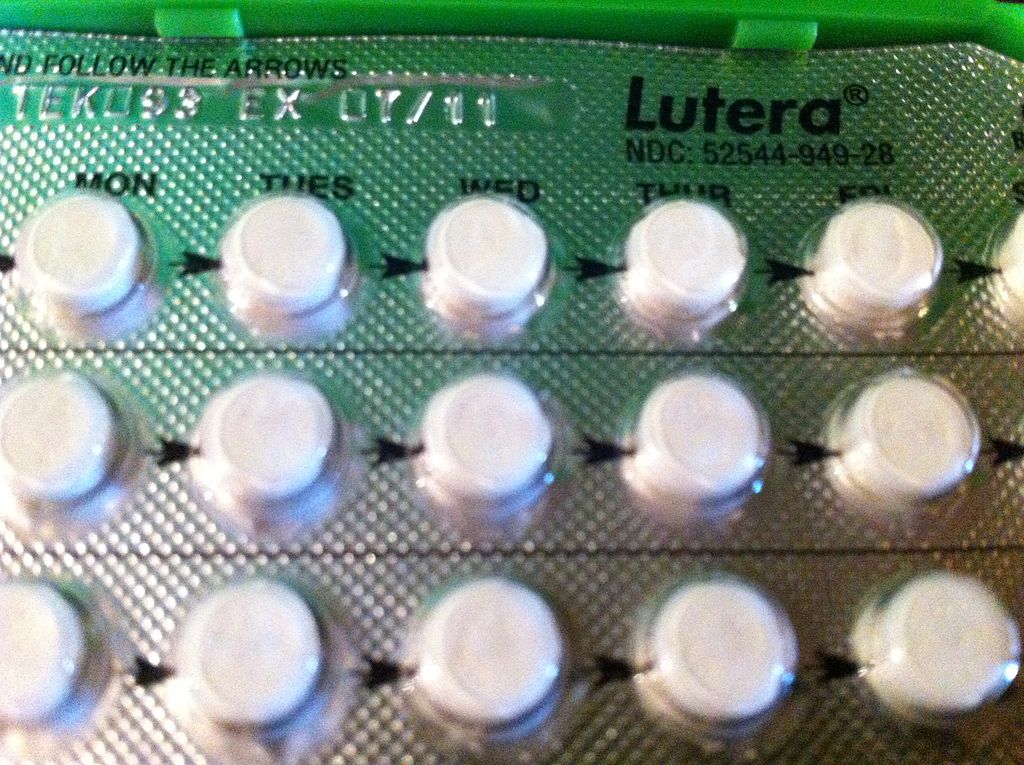Welcome to DU!
The truly grassroots left-of-center political community where regular people, not algorithms, drive the discussions and set the standards.
Join the community:
Create a free account
Support DU (and get rid of ads!):
Become a Star Member
Latest Breaking News
Editorials & Other Articles
General Discussion
The DU Lounge
All Forums
Issue Forums
Culture Forums
Alliance Forums
Region Forums
Support Forums
Help & Search
Women's Rights & Issues
Related: About this forumThe Case for Over-the-Counter Birth Control Pills
The Case for Over-the-Counter Birth Control Pills
9/3/2022 by Mathavi Sankar
Now more than ever before, access to contraceptives must be expanded.

(ParentingPatch / Wikimedia Commons)
Unintended pregnancy—either unwanted or mistimed—is an important public health concern. Women who have unplanned pregnancies are more likely to delay prenatal care and suffer from postpartum depression. Although the unintended pregnancy rate in the U.S. is at an all-time low, recent data shows 45 percent of pregnancies are still unintended—higher than in many other industrialized nations. Adolescents (15-17 years of age), young adults (18-29 years of age), women with low income and educational attainment, and racial/ethnic minorities are disproportionately affected by unintended pregnancies. Most unintended pregnancies are due to non-use, inconsistent use or incorrect use of contraceptives. Several barriers, including cost and access, hinder women from getting contraceptives or using them consistently. The COVID-19 pandemic and a recession have exacerbated these issues, with nearly 12 million women worldwide losing access to contraception due to pandemic disruptions. A survey found that one in three U.S. women experienced difficulties in accessing contraception since the start of the pandemic with Black, Hispanic and queer women being disproportionately impacted by these disruptions. Now more than ever before, access to contraceptives must be expanded.
The second most used contraceptive method in the U.S., after female sterilization, is the oral contraceptive pill, or birth control pill. The U.S. is one of the few countries in the world that requires women to have a prescription to obtain birth control pills—which serves as a significant barrier, especially for those who lack access to a healthcare provider, transportation childcare and other resources. A national representative survey found 29 percent of women had difficulty getting a prescription or refill for birth control pills. Frequently reported barriers included cost- or insurance-related barriers, issues with scheduling an appointment or traveling to the doctor’s office, the doctor requiring a clinic visit, pelvic exam or Pap smear, and not having a primary care doctor. Making birth control pills available over the counter (OTC) will remove such barriers, increasing access to contraception for millions of women.
How to Switch from Prescription to Over-the-Counter (OTC) Access
To make a drug available OTC, drug manufacturers must submit a new drug application to the U.S. Food and Drug Administration (FDA). The FDA then assesses if the drug meets the following criteria:
Acceptable safety margin with low misuse and abuse potential
Adequate labeling that is understandable by the layperson
No clinician is needed for the safe and effective use of the drug as consumers can self-diagnose the condition for which the drug is indicated for and self-screen for contraindications
Birth control pills have been approved for use for over 60 years now, so their side effect profile has been well-understood. They have a low misuse and abuse potential, as they are not addictive and do not cause severe toxicity if overdosed. Most side effects are benign like bleeding between periods and nausea. Serious complications are very rare.The most frequently cited complication is the formation of blood clots due to the ethinyl estradiol—a form of estrogen—or certain progestin forms found in combined birth control pills. However, the absolute risk of blood clots among users of the combined birth control pill is still very low (7 out of 10,000 women), which is lower than the risk of blood clots during pregnancy (20 out of 10,000 women). Furthermore, the progestin-only birth control pill, sometimes called the minipill, is not associated with an increased risk for blood clots. Overall, the benefits outweigh the risks as birth control pills are safer than the alternatives of pregnancy and childbirth.
. . . .
To learn more about how you can also get involved in the movement for OTC birth control, visit https://freethepill.org/act/ or follow Free the Pill on social media.
https://msmagazine.com/2022/09/03/over-the-counter-birth-control/
InfoView thread info, including edit history
TrashPut this thread in your Trash Can (My DU » Trash Can)
BookmarkAdd this thread to your Bookmarks (My DU » Bookmarks)
0 replies, 603 views
ShareGet links to this post and/or share on social media
AlertAlert this post for a rule violation
PowersThere are no powers you can use on this post
EditCannot edit other people's posts
ReplyReply to this post
EditCannot edit other people's posts
Rec (0)
ReplyReply to this post